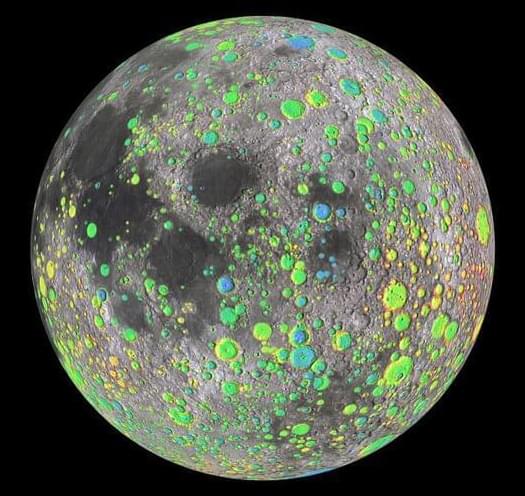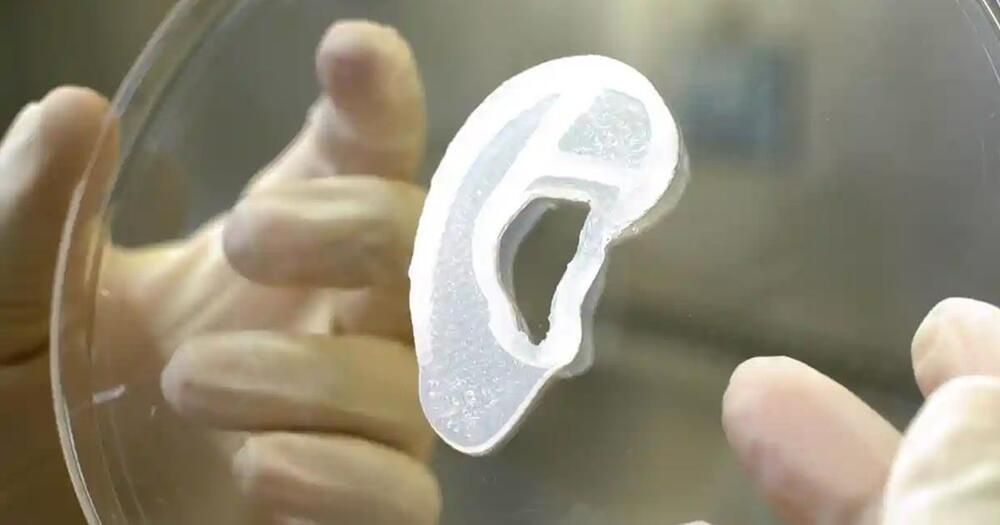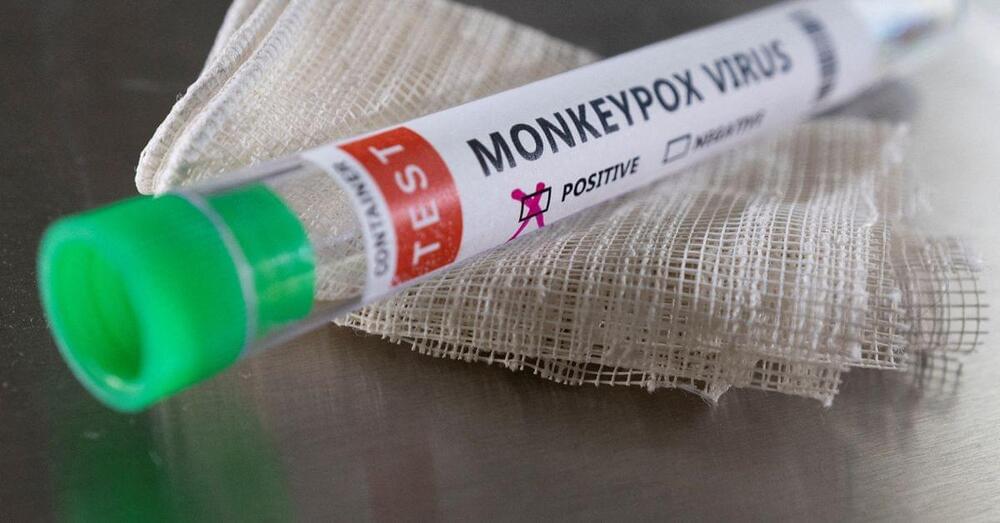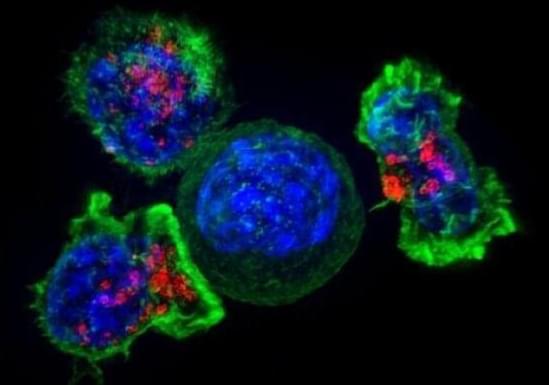An analysis of lunar craters has found that we’ve been living in a relatively violent period in cosmic history.



Imagine we could do what green plants can do: photosynthesis. Then we could satisfy our enormous energy needs with deep-green hydrogen and climate-neutral biodiesel. Scientists have been working on this for decades. Chemist Chengyu Liu will receive his doctorate on 8 June for yet another step that brings artificial photosynthesis closer. He expects it to be commonplace in fifty years.
In fact, we can already achieve photosynthesis as green plants can. Solar energy converts CO2 and water into oxygen and chemical compounds that we can use as fuel. Hydrogen for example, but also carbon compounds like those found in petrol. But the costs are higher than the value of the fuel it yields. If that changes, and we can scale up this artificial photosynthesis gigantically, then all our energy problems will be solved. Then CO2 emissions from energy production will become negative.

A team of scientists at a company called 3DBio Therapeutics have successfully transplanted a 3D printed ear made from the patient’s own cells, The New York Times reports.
It appears to be a first in the field of tissue engineering, according to experts, and could be the harbinger of a new era of regenerative medicine.
“It’s definitely a big deal,” Carnegie Mellon biomedical engineering researcher Adam Feinberg, who was not involved in the project, told the NYT. “It shows this technology is not an ‘if’ anymore, but a ‘when.’”.


LONDON, June 1 (Reuters) — Monkeypox appears to be spreading from person to person in England, the UK Health Security Agency (UKHSA) said on Wednesday.
The usually mild viral disease, which is endemic in west and central Africa, is understood to spread through close contact. Until early May, cases rarely cropped up outside Africa and were typically linked to travel to there.
“The current outbreak is the first time that the virus has been passed from person to person in England where travel links to an endemic country have not been identified,” the agency said.

As physicists delve deeper into the quantum realm, they are discovering an infinitesimally small world composed of a strange and surprising array of links, knots and winding. Some quantum materials exhibit magnetic whirls called skyrmions—unique configurations described as “subatomic hurricanes.” Others host a form of superconductivity that twists into vortices.
Now, in an article published in Nature a Princeton-led team of physicists has discovered that electrons in quantum matter can link to one another in strange new ways. The work brings together ideas in three areas of science—condensed matter physics, topology, and knot theory —in a new way, raising unexpected questions about the quantum properties of electronic systems.
Topology is the branch of theoretical mathematics that studies geometric properties that can be deformed but not intrinsically changed. Topological quantum states first came to the public’s attention in 2016 when three scientists, including Duncan Haldane, who is Princeton’s Thomas D. Jones Professor of Mathematical Physics and Sherman Fairchild University Professor of Physics, were awarded the Nobel Prize for their theoretical prediction of topology in electronic materials.

Returning to the Moon will represent a vital step for the preservation of our collective future. Though space colonization may indeed prove more challenging than was initially anticipated, the rise of commercial spaceflight and the cooperation of industry and government (as described in this article) may open new doors. It is my hope that economic and policy innovations will further incentivize space colonization and pave the way towards a future where everything we are and everything we will be can continue to prosper into distant tomorrows. As a synthetic biologist, I hope to contribute towards ensuring that humans can thrive in space and on other worlds. I am extremely excited about these contemporary Moon missions!
#space #spacecolonization #spacetravel #nasa #spaceindustry #future #tech #inspiration
The world’s most powerful rocket will make a trip around the Moon in 2022 — a step towards landing people there in 2025, and part of the US Artemis programme.

Many cancer treatments are notoriously savage on the body. Drugs often attack both healthy cells and tumor cells, causing a plethora of side effects.
Immunotherapies that help the immune system recognize and attack cancer cells are no different. Though they have prolonged the lives of countless patients, they work in only a subset of patients. One study found that fewer than 30 percent of breast cancer patients respond to one of the most common forms of immunotherapy.
But what if drugs could be engineered to attack only tumor cells and spare the rest of the body?

From banking to communication our modern, daily lives are driven by data with ongoing concerns over privacy. Now, a new EPFL paper published in Nature Computational Science argues that many promises made around privacy-preserving mechanisms will never be fulfilled and that we need to accept these inherent limits and not chase the impossible.
Data-driven innovation in the form of personalized medicine, better public services or, for example, greener and more efficient industrial production promises to bring enormous benefits for people and our planet and widespread access to data is considered essential to drive this future. Yet, aggressive data collection and analysis practices raise the alarm over societal values and fundamental rights.
As a result, how to widen access to data while safeguarding the confidentiality of sensitive, personal information has become one of the most prevalent challenges in unleashing the potential of data-driven technologies and a new paper from EPFL’s Security and Privacy Engineering Lab (SPRING) in the School of Comupter and Communication Sciences argues that the promise that any data use is solvable under both good utility and privacy is akin to chasing rainbows.
